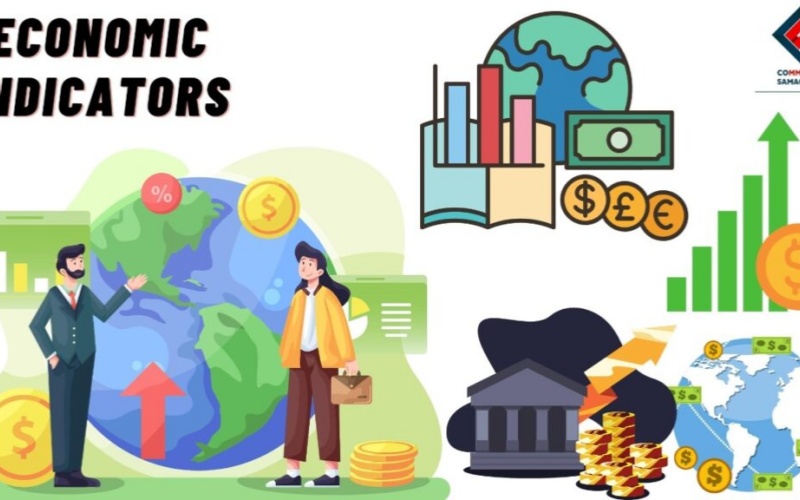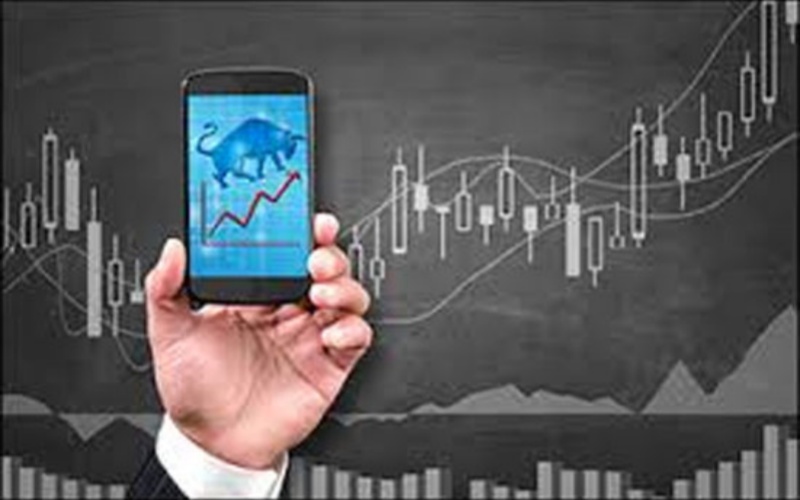Lagging indicators, on the other hand, provide insights after an economic event has occurred. Examples include unemployment rates and gross domestic product (GDP). While these indicators do not predict future trends, they offer valuable information about the economy’s past performance. Coincident indicators, such as retail sales and industrial production, change in tandem with the economy, providing real-time insights into its current state. By analyzing these three types of indicators, stakeholders can gain a comprehensive understanding of economic conditions.
One crucial economic indicator is the unemployment rate, which measures the percentage of the labor force that is unemployed but actively seeking work. A rising unemployment rate often signals economic distress, while a declining rate suggests a recovering economy. Monitoring unemployment trends can help businesses make hiring decisions and adjust their workforce strategies.

Another important indicator is inflation, typically measured by the Consumer Price Index (CPI). Inflation reflects the rate at which the general level of prices for goods and services rises, eroding purchasing power. Understanding inflation trends is essential for consumers and investors alike, as it influences interest rates and investment returns. A moderate inflation rate is often seen as a sign of a growing economy, while hyperinflation or deflation can indicate severe economic issues.
Interest rates, set by central banks, are also critical economic indicators. Changes in interest rates affect borrowing costs for consumers and businesses, influencing spending and investment decisions. Lower interest rates can stimulate economic growth by encouraging borrowing, while higher rates can cool down an overheating economy.

For investors, keeping an eye on these economic indicators can provide valuable insights into market trends. For instance, if leading indicators suggest economic growth, it may be a good time to invest in equities. Conversely, if lagging indicators show signs of recession, investors might consider shifting their portfolios to safer assets.
Understanding economic indicators is essential for anyone looking to navigate the complexities of the economy. By analyzing leading, lagging, and coincident indicators, individuals and businesses can make informed decisions that align with current economic conditions. Staying informed about these indicators not only helps in strategic planning but also enhances the ability to respond to changing economic landscapes effectively.




